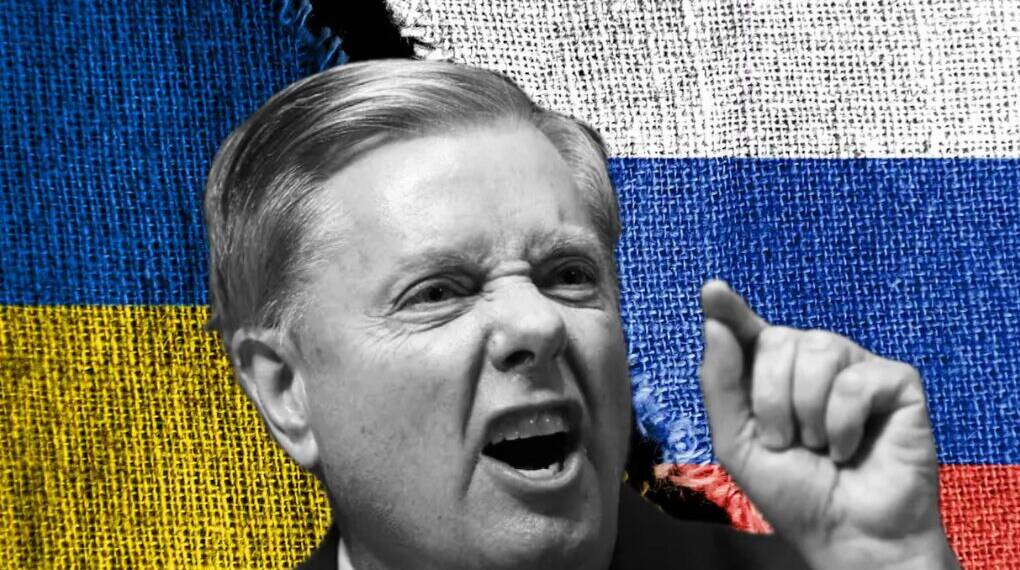The transformation in Senator Lindsey Graham’s tone regarding the Russia-Ukraine conflict and his stance on President Donald Trump’s diplomacy efforts is notable and reflects a broader shift in the political landscape.
March 2025: A Stern Warning to Putin
In March 2025, Graham delivered a stern warning, implying that if Putin attempted to manipulate Trump, it would backfire severely on Russia. This statement reflected skepticism about Trump’s approach and concern over Putin’s intentions, underscoring the gravity with which Graham viewed the Russian threat and the complexity of engaging with Putin diplomatically.
Before the meeting, Senator Lindsey Graham silenced critics who criticized President Trump for being willing to meet Vladimir Putin and said Reagan also met Gorbachev to try to end the Cold War. “I’m confident President Trump will walk away – like Reagan – if Putin insists on a bad deal,” he wrote. “Good luck, Mr. President, in your efforts to end this brutal war. The world should be pulling for you. I know I am,” he added.

A Shift Toward Optimism After the Alaska Summit
Fast forward to the period following the Alaska summit between Trump and Putin, Graham’s outlook has evolved significantly. Now, he voices cautious optimism, declaring that there could be peace before Christmas 2025—provided that the key players, including Trump, Putin, and Ukrainian President Zelensky, engage in a trilateral meeting. This shift highlights Graham’s belief in the possibility of a diplomatic resolution, contingent on direct dialogue among the involved leaders.
He wrote this in a post on the social media platform X, “If a trilateral meeting between President Trump, President Zelensky, and Putin takes place, I am cautiously optimistic that this war will end well before Christmas,” he wrote. He also warned that if such a meeting does not happen, “President Trump may deliver severe consequences to Putin and those who buy his oil and gas”. Following the meeting, Trump said he would postpone imposing additional sanctions or other severe measures on Russia, noting that the talks had gone “very well.”
The next day, Trump held a phone conversation with Ukrainian President Volodymyr Zelensky, following which Zelensky announced that he supported the proposal for a trilateral meeting between Ukraine, the United States, and Russia, and that he would discuss the details of the negotiations with Donald Trump on August 18 in Washington.
Balancing Firmness with Diplomacy
Graham’s confidence stems from the hope that any eventual agreement will include security guarantees preventing future Russian aggression, as well as territorial arrangements that reflect the complex realities on the ground. While he remains wary of accepting any bad deals, in line with his earlier tough stance, his current position emphasizes pragmatism and the pursuit of an end to the war through negotiation rather than continued conflict.
Reflecting Broader Political Dynamics
This change from a confrontational warning to a hopeful endorsement of diplomacy captures the nuanced and dynamic nature of US political approaches to Russia’s war in Ukraine. Graham’s current stance underscores the importance he places on strategic patience and dialogue, alongside applying pressure when necessary. It also aligns with the broader bipartisan desire to find a sustainable resolution to the conflict, balancing firmness with the potential for negotiated peace.
Lindsey Graham’s evolving rhetoric—from cautioning against underestimating Putin’s strategic moves to expressing guarded hope for peace before Christmas—reflects a recognition that resolving the Ukraine crisis requires a complex blend of firmness, diplomacy, and timely leadership engagement. This shift in tone reveals the interplay between political realities and the urgent demand for an end to one of the most significant conflicts in recent years.








